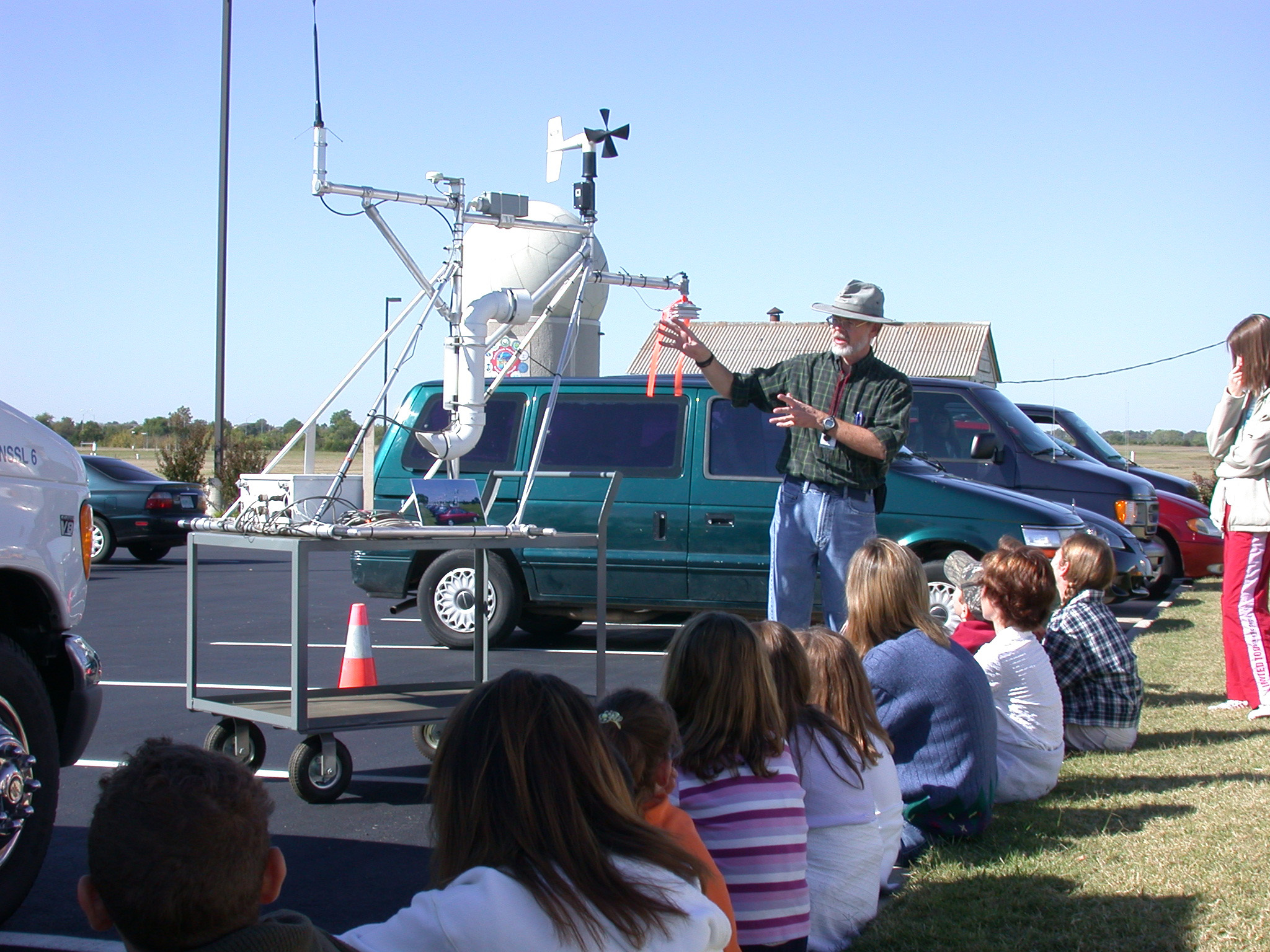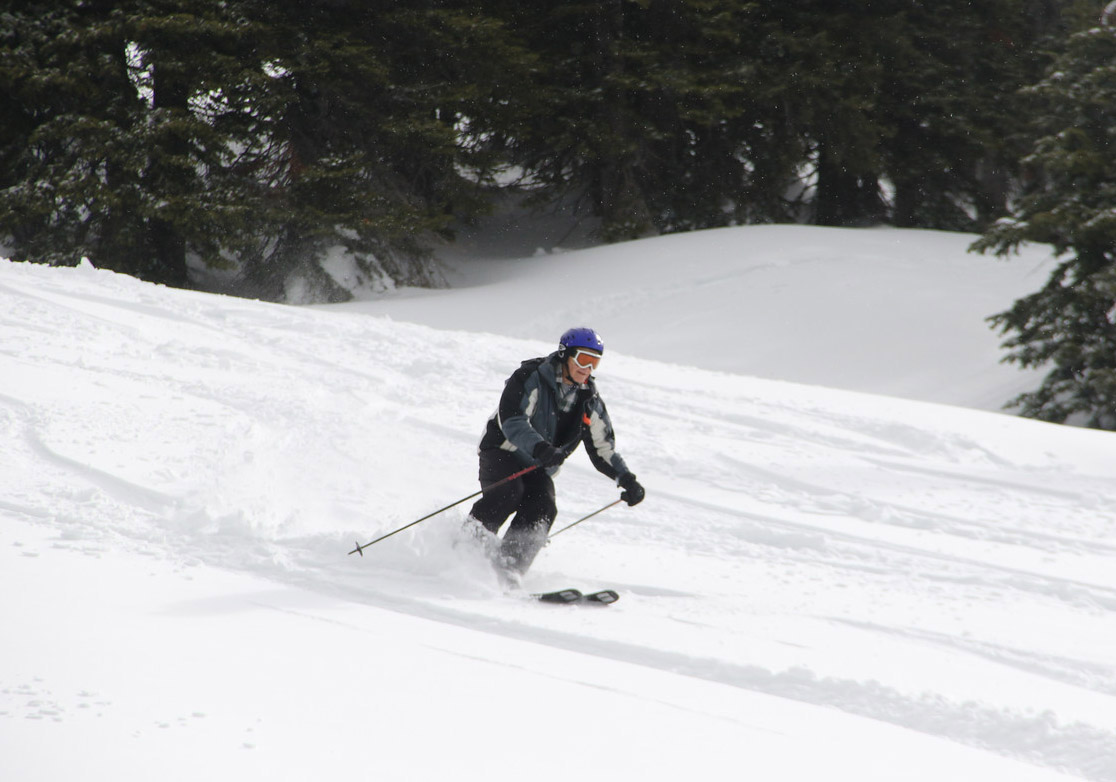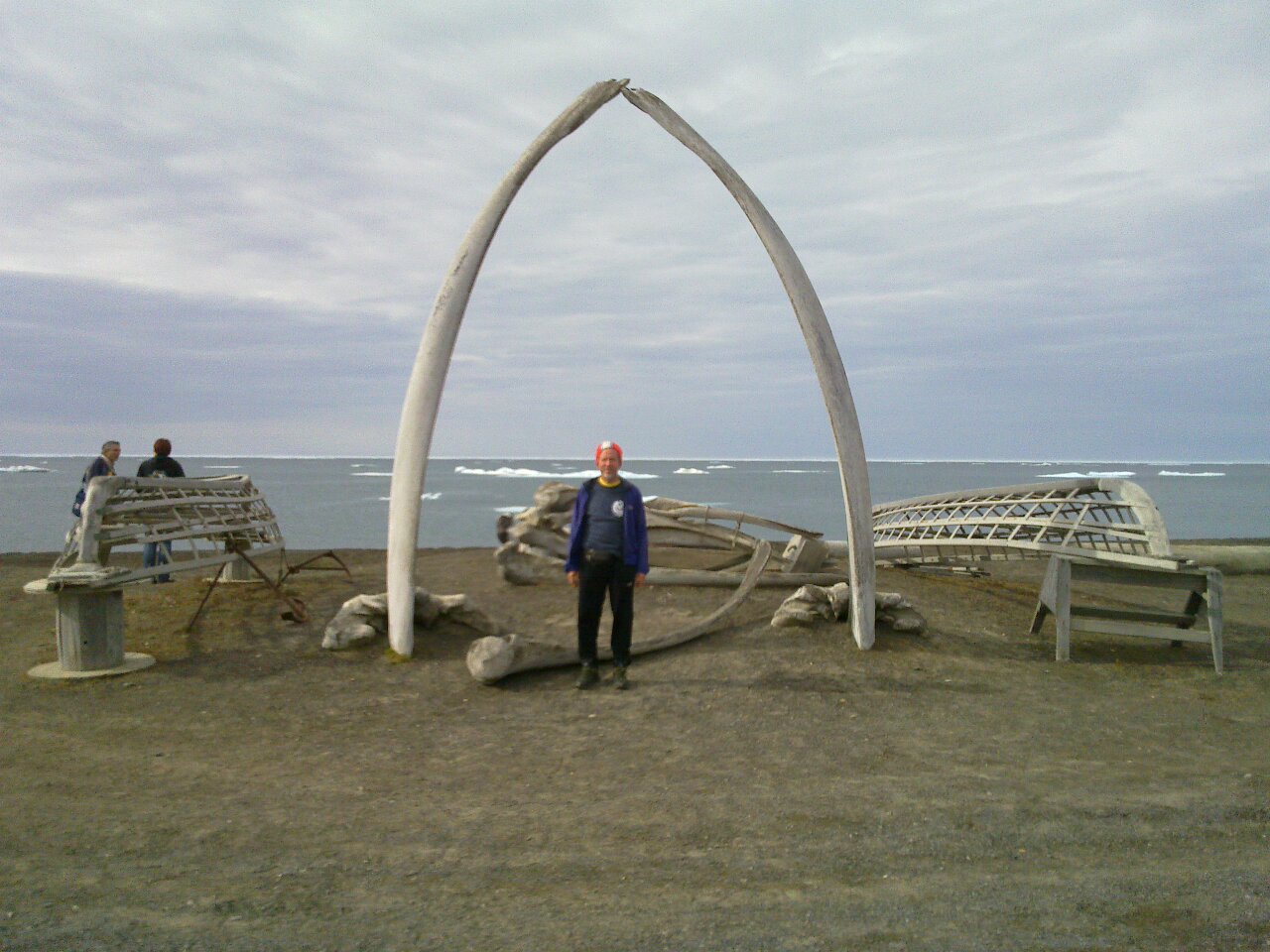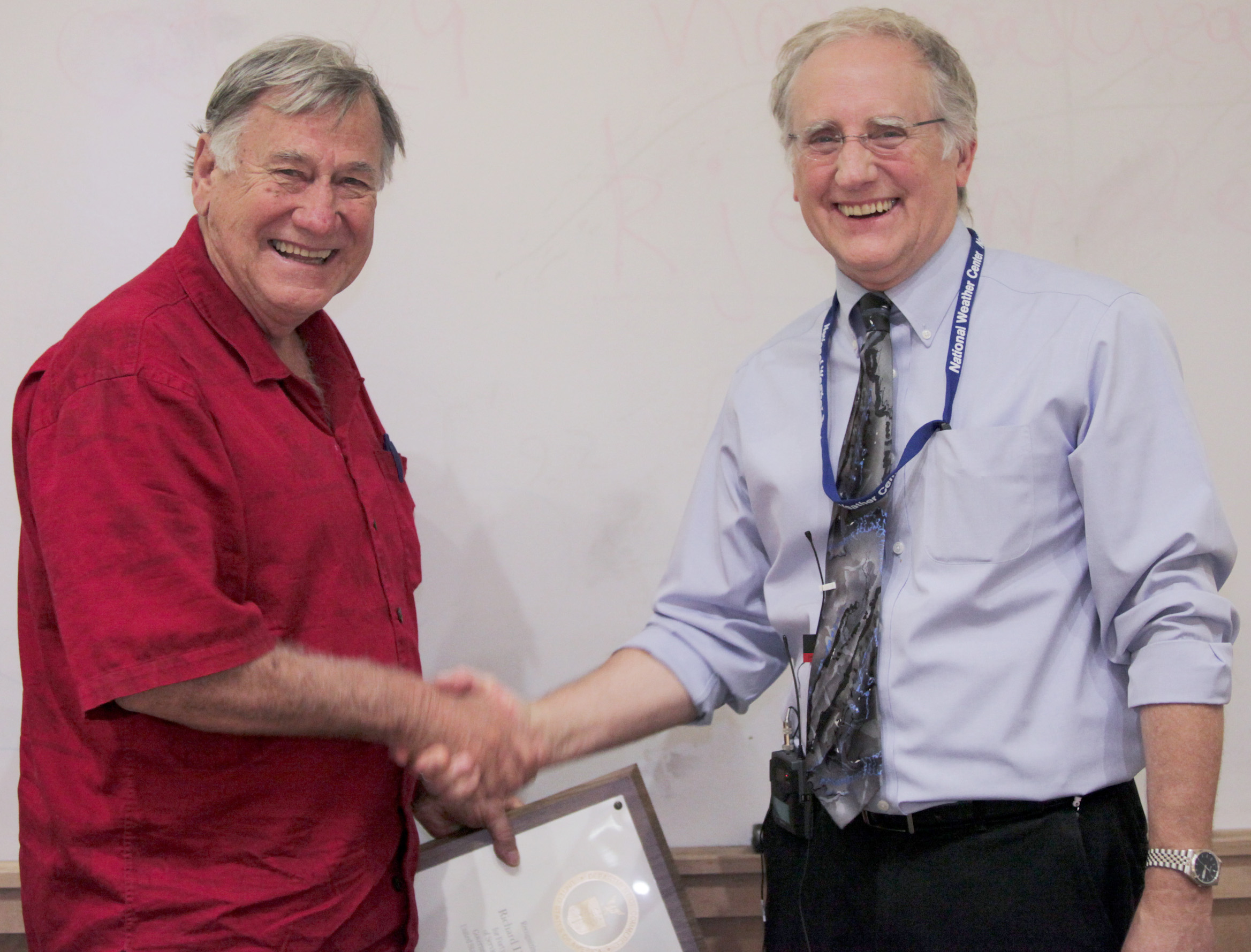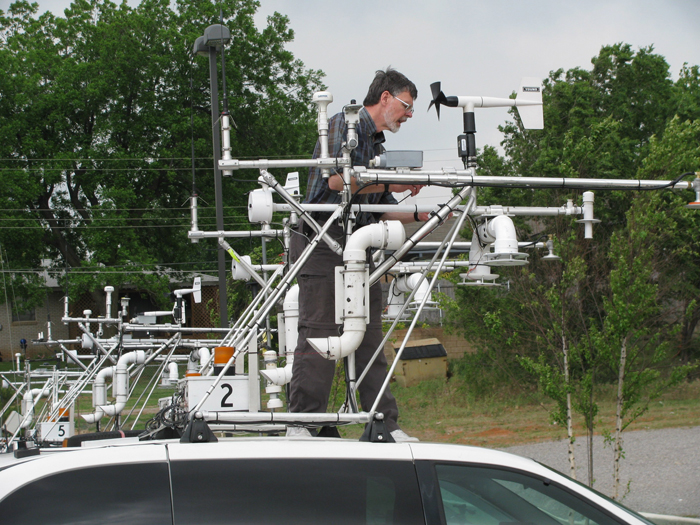
During the month of February, NSSL will feature some of its longest-serving employees. Those employees will share their favorite experiences through the years, and highlight some of the most significant changes they have witnessed.
Sherman Fredrickson has worked as an instrumentation meteorologist at the NOAA National Severe Storms Laboratory for more than 46 years. He has used his talents to build unique instruments to measure the atmosphere and help scientists learn more about severe weather. He enjoys conversations that include the question, “I wonder why…?”
Q: How did you get into your field?
A:I left a small Texas college in 1970 with a degree in chemistry, with an emphasis on instrumentation. Four years later, after serving in the U.S. Air Force, I found the concept of “pollution” had taken over all analytical chemistry, had changed everything, and I was way behind.
In the Air Force, my job had been working on aircraft outside and weather forecasts were seldom correct. On a whim, literally, I decided “weather” might be interesting to study, since it didn’t seem to be a very advanced science. I found the academic skills for meteorology were very similar to chemistry. I went back to school but this time at The University of Oklahoma, and enjoyed meteorology but found I was WAY behind the learning and experience curve of everyone else. However, I greatly enjoyed the instrumentation aspect of meteorology whereas most others had no interest whatsoever. My first summer break was spent working at NSSL helping the instrumentation Met Techs operate the NSSL’s 27 station mesonet — the original “Mesonet.” Being new, I had lots of questions.
I asked the techs, “Why do some sensors not work quite like they are supposed to?”And I was told, “Ask the scientists. They know all about these issues.” I asked the scientists and their reply was, “We didn’t know about problems with the instruments. We presumed the techs had everything working just fine.” Seems I’d found a rare niche…and have never had a dull day since then.
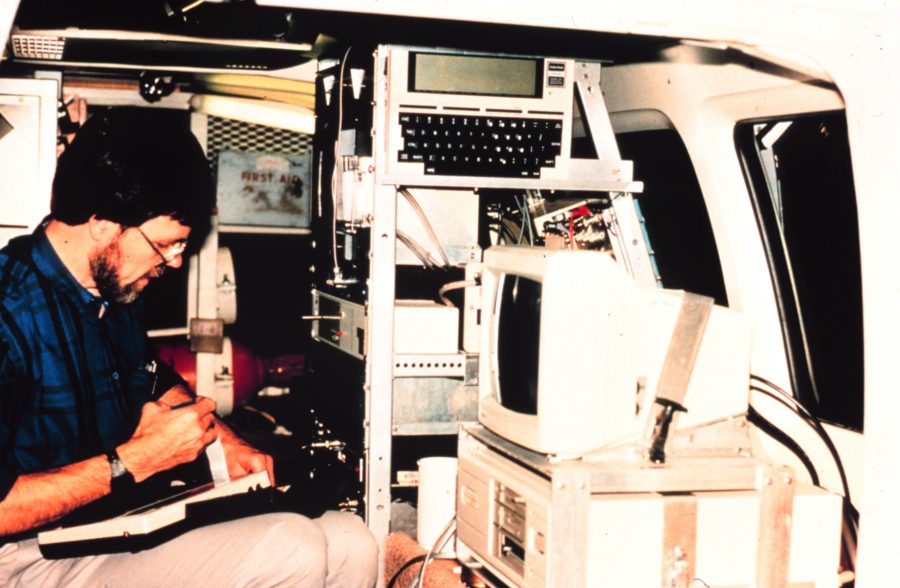
Q: What is the most significant advancement in your field during your time at NOAA?
A: Easy answer! I started with NSSL in 1975, working with the tech group that ran the NSSL Mesonet, about 27 stationary weather sites in the then “Cimarron-Norman dual Doppler area.” Sites recorded continuous winds, temp, RH, pressure and rainfall…all on pen and ink stripcharts that had to be changed at every site every three to four days. Precise time for each station was based on setting our wristwatches each morning by listening to the voice recording of an international short-wave time standard called WWV. My off-season job was stamping — this was ink-pad stamping — hundreds of feet of stripcharts with station name, date and time. We’ve “significantly advanced” from those days.
Computer power? The very first Apple computer had “just” been invented. “RAM size” was in kilobytes. There were no hard drives. All NSSL scientific computer programming was done on one giant IBM room-sized machine with things called “punch cards” — one card per line of code, mustn’t drop them! There were no “computer screens;” only paper printout results. And it often took completely consuming a cup of coffee between submitting a “deck of cards” and getting the paper results back; the next iteration of your goal, or output from your error statements. How did science manage to advance? We’ve come a long way from that, too.
Q: Tell us something that might surprise us about you.
A: I took up oil painting many years ago. I had always enjoyed looking at works by accomplished landscape artists but was very disappointed, however, at many who completely ignored sky “anatomy.” Some clouds looked like cotton balls, bomb bursts, snow cones. Sunsets included full moons — think about it — or rainbows with the sun in the background coming through the clouds. Being a meteorologist, I decided I could do “skyscapes” better — sunset, sunrises, aerial views from airplane windows…with a little bit of ground thrown in at the bottom to anchor the sky.
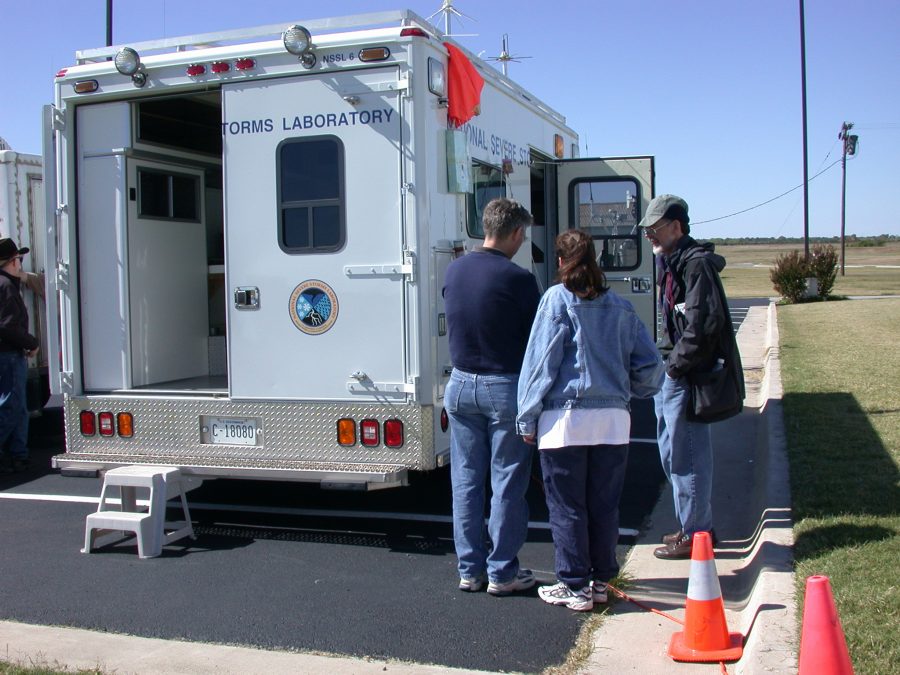
Q: What is the most memorable experience of your career?
A: Three unique experiences: 1) Stamping pen and ink charts from the early NSSL mesonet sites allowed me to see “all” the diurnal weather, not just the weather events that were exciting enough to get “digitized” for real study.
2) I maintained the instrumented, Channel 4 tall TV tower — ten levels of NSSL weather instruments all the way up to the top 1,200-foot level. It could be very breezy, and I couldn’t drop anything. From the top, the highest guy wires appeared to drop down vertically before arching out to the far-away ground anchors. And the view straight below was so far that it often appeared hazy.
3) I stayed on a Mobile Oil Company #617 offshore oil platform for three weeks for project GULFMEX in 1988, launching weather balloons with the early CLASS rawinsonde system. At 125 miles off shore, with water 700+ feet deep, the ocean waves (Gulf, actually) had very long, mesmerizing periods; they were very smooth with very deep troughs.
Q: What is your personal philosophy?
About instrumentation:
Even with the best, fastest, most expensive sensors, it still can be very difficult to get good measurements of the most basic parameters such as temperature, RH, pressure, rain, sunlight and winds because of the following:
Fredrickson’s Rule: There is — always— more than one thing influencing anything we are trying to measure.
Corollary: There are very few real “errors” in
measurements; only the failure to recognize, or the inability to reduce, the physics of all the other things that a sensor is dutifully responding to at the same time.
Q: What does true leadership mean to you?
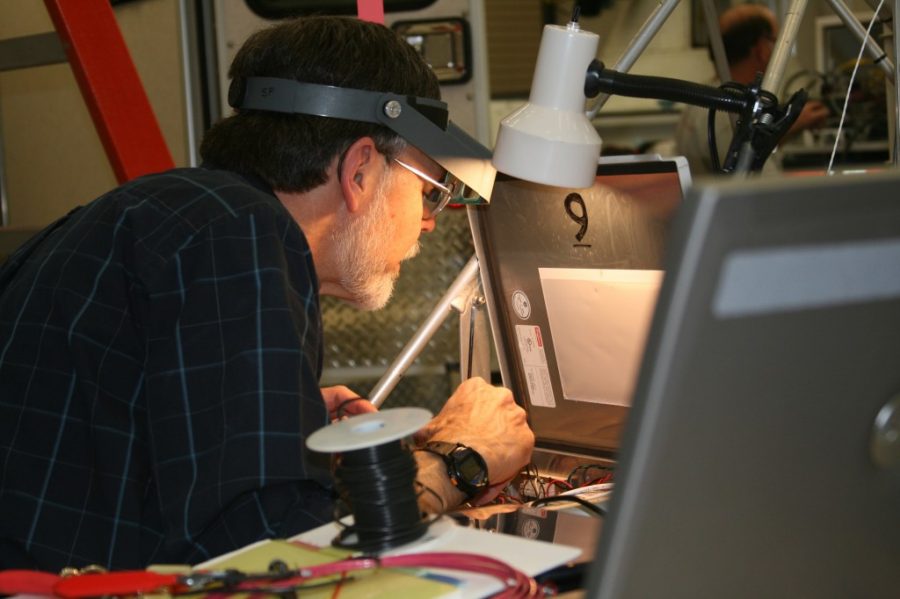
A: Empathy.
Q: What is the future of your area of research?
A: The ability to use Unmanned Aerial Systems to collect in situ data about the boundary layer from ground to cloud base, on demand, anywhere, with verifiable quality.
Q: How do you define success?
A: From the movie Flaming Kid: Two things in life are important to know. One is what you’re good at. The other is what you like to do. If fortune is smiling your way, both are the same.
